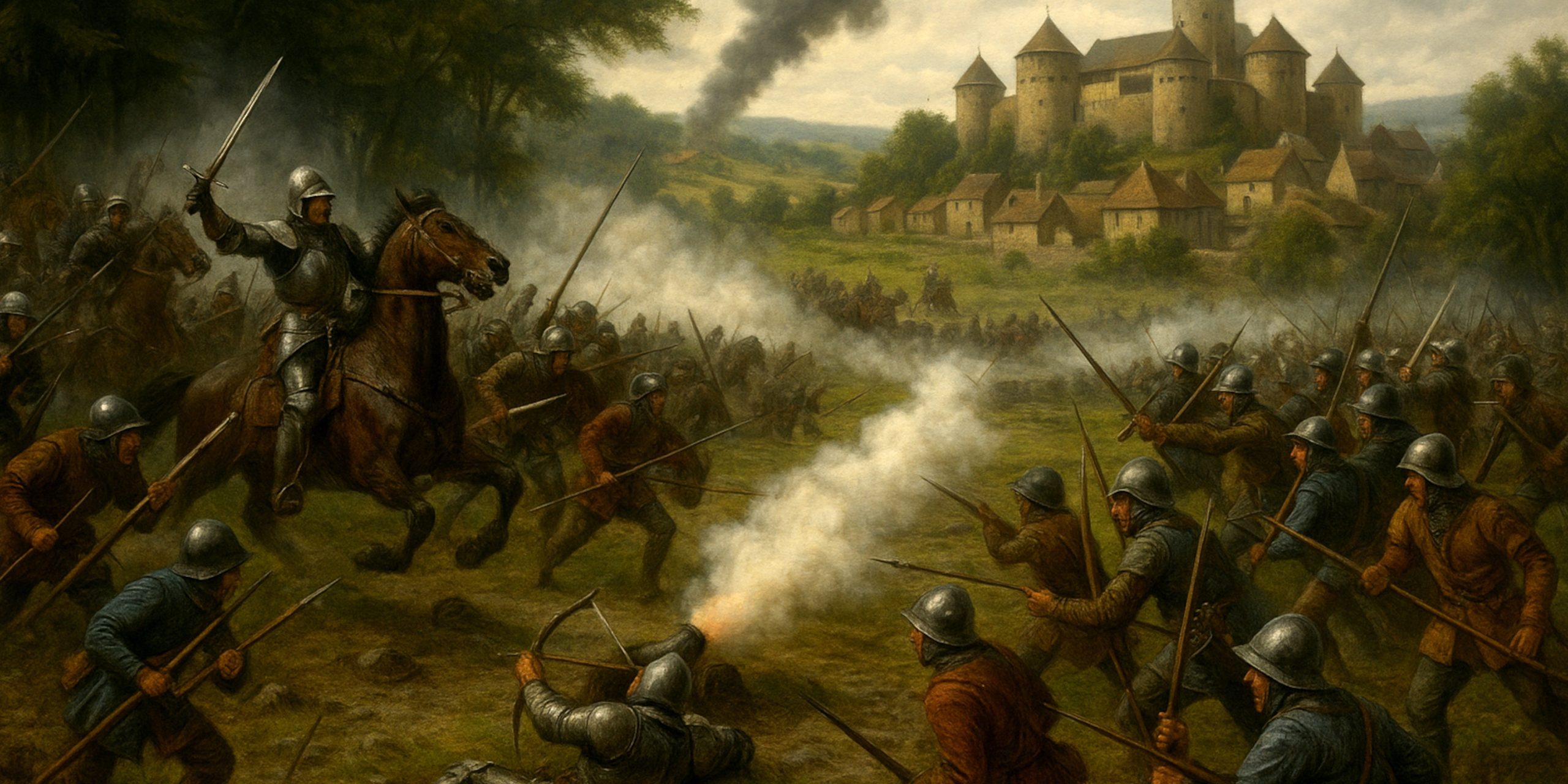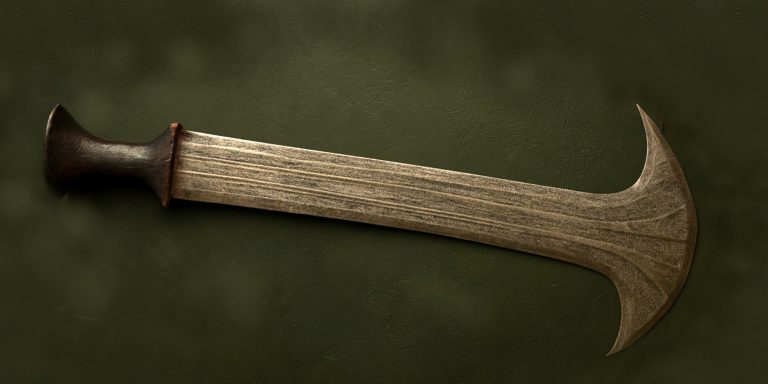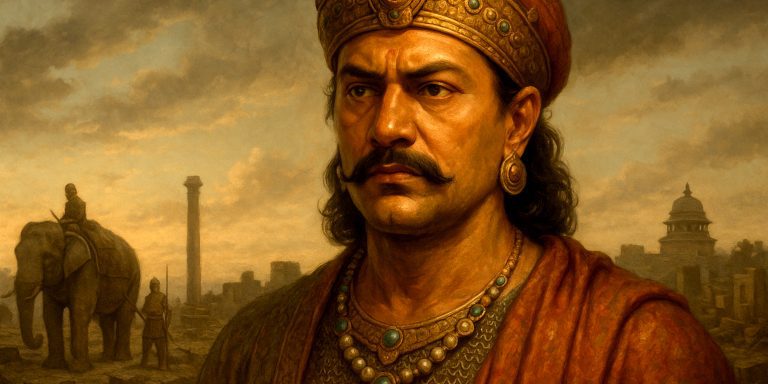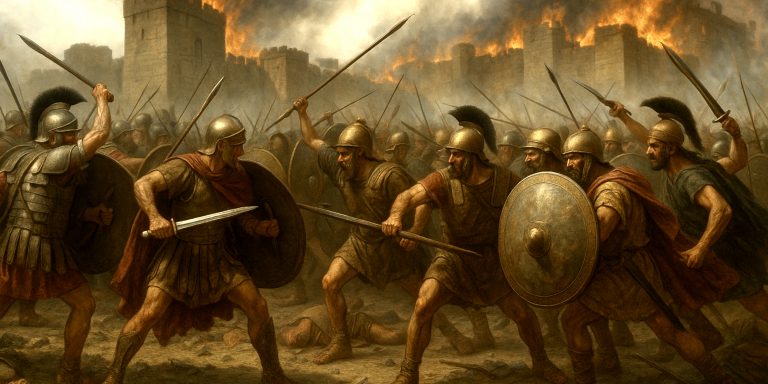
The Battle of Gerberoy, fought in May 1435 near the small town of Gerberoy in northern France, was a sharp and humiliating reversal for the English during the latter stages of the Hundred Years’ War. Charles the Dauphin’s forces, led in part by the recently returned La Hire and the ever-formidable Jean Poton de Xaintrailles, caught the English garrison under John FitzAlan, Earl of Arundel, thoroughly off guard.
The fight was not vast in scale, but it was pivotal in tone. It signalled the French resurgence under Charles VII and was one of those inconvenient skirmishes that reminded England the war was far from over. The battle’s location, on the border of Normandy and Picardy, made it both a strategic and psychological thorn in England’s flank.
Forces
| Side | Leader | Estimated Strength | Composition | Notable Figures |
|---|---|---|---|---|
| Kingdom of France (Armagnacs) | Charles the Dauphin (Charles VII), with La Hire and Xaintrailles | c. 1,200–1,500 | Light cavalry, local militias, some dismounted men-at-arms | La Hire, Jean Poton de Xaintrailles, Étienne de Vignolles |
| Kingdom of England (Lancastrians) | John FitzAlan, Earl of Arundel | c. 800–1,000 | English longbowmen, men-at-arms, mounted archers | Sir John Fastolf (possibly nearby), English garrison troops |
It was, in essence, a local engagement rather than a grand field battle, but one fought with all the brutality of a full campaign.
Leaders and Troop Composition
French Commanders
- Charles the Dauphin (later Charles VII): Nominal leader, though he let his captains handle the sharp end of things.
- Étienne de Vignolles (La Hire): A veteran commander, fierce and volatile. His name meant “The Wrath,” and he lived up to it.
- Jean Poton de Xaintrailles: Loyal and disciplined, often the foil to La Hire’s firebrand nature.
English Commanders
- John FitzAlan, Earl of Arundel: Experienced but perhaps overconfident. His wound at Gerberoy, a cannonball strike to the leg, proved fatal.
- Sir John Fastolf (possibly in coordination): The same man immortalised, unfairly, as Falstaff. Absent here but emblematic of the English reliance on experienced captains stretched thin.
Troop Breakdown
- French: Predominantly mounted men-at-arms and light cavalry using local terrain to ambush the English. Supported by townsmen and militia.
- English: Men-at-arms supported by longbowmen, accustomed to sieges rather than sudden ambushes.
Arms and Armour
The combatants of Gerberoy wore the equipment of a war transitioning from chivalric melee to proto-modern warfare.
French Forces:
- Armour: Mixed harness, with bascinets and salades over padded arming coats. Cavalry wore partial plate, prioritising mobility.
- Weapons:
- Arming swords with narrow blades for thrusting into joints.
- Falchions for hacking strikes, favoured by light troops.
- War hammers and maces used to breach English plate.
- Crossbows among town militias.
English Forces:
- Armour: Full plate harness for men-at-arms, brigandines for archers. Helmets were typically sallets or barbutes.
- Weapons:
- Longbows forming the backbone of English tactics, though less effective in surprise woodland encounters.
- Bastard swords and pollaxes for close fighting.
- Handgonnes occasionally deployed, though cumbersome and slow.
This was a battle where speed and positioning trumped the famous English archery discipline. Gerberoy’s hilly, wooded terrain denied the longbow its usual dominion.
The Battle
Arundel had set out to relieve a nearby English garrison and punish Gerberoy, newly fortified by the French. Unaware of the scale of opposition, he attacked the town, only to find himself ambushed by La Hire and Xaintrailles, who had prepared a classic flank assault.
As English troops pressed the assault on the gates, French cavalry swept in from the rear and sides. The longbowmen, caught in confusion, failed to form a defensive line. Arundel was struck by artillery or small cannon fire, a grim hint of warfare’s changing face, and carried from the field mortally wounded. The English broke and retreated in disorder.
Gerberoy thus marked one of the first French victories to combine guerrilla cunning with emergent gunpowder use.
Archaeology
Modern archaeology at Gerberoy is sparse, though occasional finds of arrowheads and weapon fragments confirm the intensity of fighting around the town walls. Unearthed lead shot suggests early use of veuglaire-type guns, small iron cannons deployed for ambush defence.
Fragments of spur and harness fittings have been recovered near the supposed ambush site south of the town, likely from fallen English men-at-arms retreating in chaos.
As ever, French rain and farming have done their work in scattering the past into the soil, but Gerberoy still holds its ghosts.
Battle Timeline
| Time | Event |
|---|---|
| Early May 1435 | English forces under Arundel march to besiege Gerberoy, confident of swift success. |
| Mid-May 1435 | La Hire and Xaintrailles gather local troops and position themselves in ambush. |
| Day of battle | English forces engage the town’s defences, unaware of French cavalry in the surrounding woods. |
| Midday | French sortie attacks the English rear; longbowmen falter. |
| Afternoon | Arundel is struck by cannon fire; the English line collapses. |
| Evening | French secure the field; English retreat toward Beauvais. |
| Aftermath | Arundel dies of his wound days later; Gerberoy remains in French hands. |
Contemporary Quotes
- “The Earl of Arundel, struck in the leg by a stone from the enemy, endured the blow with great courage, but the wound was mortal.” – Enguerrand de Monstrelet, Chroniques
- “The French took heart from Gerberoy, for it seemed that Fortune had finally remembered France.” – Jean Chartier, Chronicler of Charles VII
- “Never was the English courage undone so quickly.” – Anonymous Picard chronicler, 15th century
One can almost hear the schadenfreude in that last line.
Legacy
Gerberoy was small by the standards of Crécy or Agincourt, yet it mattered. It restored morale to the Armagnacs, tarnished the aura of English invincibility, and helped solidify Charles VII’s authority. Within two decades, England’s holdings in France would collapse almost entirely.
Gerberoy proved that France’s war was no longer one of noble charges but of attrition, cunning, and local resilience, and that an English general without good scouts was halfway to disaster.
Watch the documentary:



